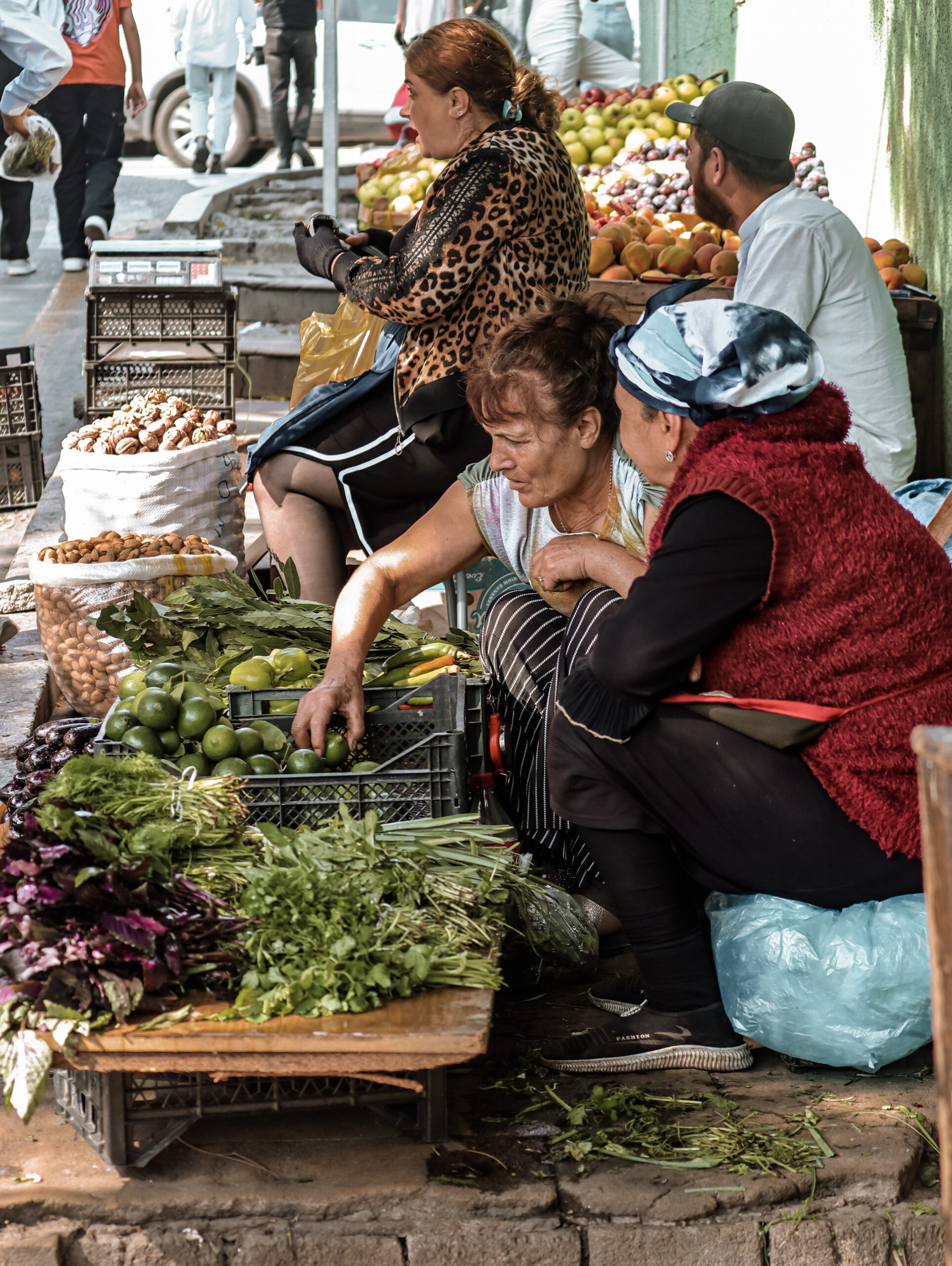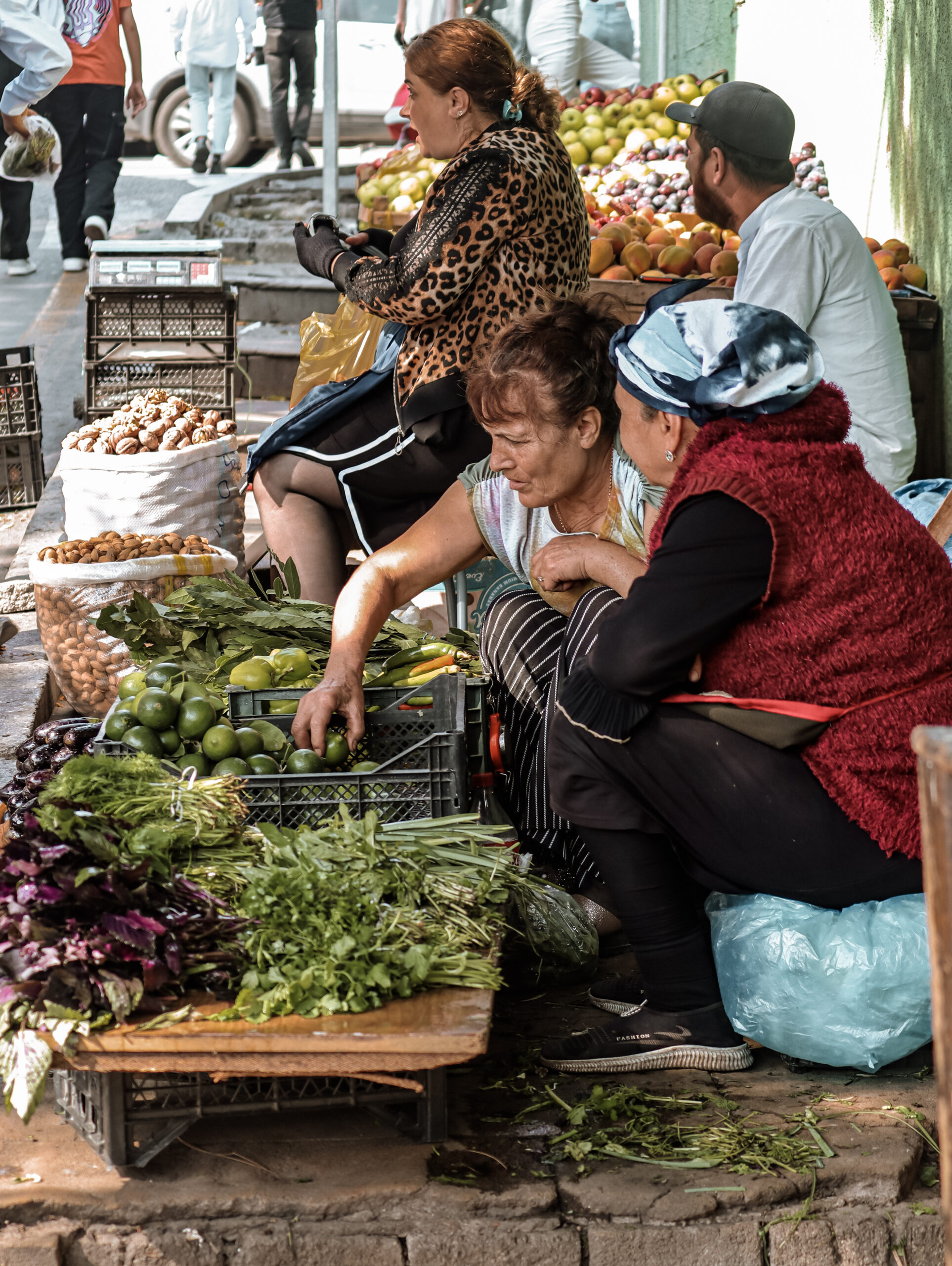Tastepan understands the importance of your well-being, which is why we have curated a collection of nutritious and delicious recipes for you. Our goal is to provide wholesome meal ideas, dietary tips, and expert advice to make healthy eating a breeze. In this article, “The Science of Food Allergies: Safe Cooking Tips,” we will explore the science behind food allergies and provide you with essential information to ensure safe cooking practices. With our guidance, you can nourish your body without sacrificing flavor and cater to any dietary restrictions or allergies you may have.

Understanding Food Allergies
Food allergies are immune responses triggered by the consumption of certain foods. These allergies develop when the immune system mistakes a harmless food protein as a threat and produces an allergic reaction. The severity of food allergies can range from mild to life-threatening, with symptoms ranging from skin rashes and digestive issues to anaphylaxis, a severe and potentially fatal reaction.
How Food Allergies Develop
Food allergies can develop at any age, and while they often emerge during childhood, some individuals may experience their first allergic reaction as adults. The exact cause of why some people develop food allergies is still not fully understood, but it is believed to involve a combination of genetics and environmental factors.
Common Food Allergens
Certain foods are more commonly associated with allergies than others. The most common food allergens include:
- Milk
- Eggs
- Peanuts
- Tree nuts (such as almonds, walnuts, and cashews)
- Soy
- Wheat
- Fish
- Shellfish
It’s important to note that while these are the most common food allergens, any food has the potential to cause an allergic reaction.

Symptoms of Food Allergies
Food allergy symptoms can vary from person to person and can affect different parts of the body. Common symptoms include:
- Skin reactions: itching, hives, eczema, or swelling
- Digestive issues: nausea, vomiting, stomach cramps, or diarrhea
- Respiratory problems: wheezing, coughing, or shortness of breath
- Cardiovascular symptoms: a rapid or weak pulse, lightheadedness, or fainting
- Anaphylaxis: a severe allergic reaction that can cause difficulty breathing, a drop in blood pressure, and loss of consciousness
If you suspect you have a food allergy, it is important to consult with a healthcare professional for diagnosis and guidance.
Safe Kitchen Practices
To effectively manage food allergies in the kitchen, implementing safe practices is crucial. Here are some tips to help keep your kitchen allergen-free:
Separating Allergenic and Non-Allergenic Foods
To prevent cross-contact, it is essential to store and prepare allergenic foods separately from non-allergenic foods. Use designated storage areas, separate cutting boards, and utensils to avoid any unintentional mix-ups.
Proper Labeling and Organization
Maintaining a well-organized kitchen can help you easily identify allergenic ingredients and prevent accidental consumption. Label pantry shelves and containers clearly, and regularly check expiration dates to ensure the freshness of ingredients.
Cross-contamination Prevention
Cross-contamination occurs when allergens are transferred from one surface to another, leading to unintentional exposure. To prevent cross-contamination, thoroughly wash all utensils, countertops, and cookware between uses, and consider using color-coded tools to minimize the risk of cross-contact.
Reading and Understanding Food Labels
Reading food labels is crucial for identifying potential allergens and making informed choices. Here are some key points to consider when deciphering food labels:
Identifying Potential Allergens in Ingredients
Check the ingredient list for common allergens. In many countries, regulations require manufacturers to clearly identify major allergens on the label, either by listing them in bold or capital letters. Look out for hidden sources of allergens, such as different names for the same ingredient or ingredients derived from allergenic foods.
Understanding Labeling Terminology
Familiarize yourself with common labeling terminology related to food allergens. Terms like “may contain,” “made on shared equipment,” or “processed in a facility that also handles” indicate a potential risk of cross-contact. It’s important to assess the severity and potential risk before consuming such products.
Certifications and Allergen Declarations
Look for certifications and allergen declarations on food packaging. Allergen-free certifications indicate that the product has undergone testing to ensure it is free of specific allergens. Additionally, some manufacturers voluntarily include statements such as “free from,” providing reassurance for individuals with food allergies.

Safe Cooking Techniques
Adapting your cooking techniques to accommodate food allergies can be a learning experience. Here are some safe cooking practices to consider:
Substitutions and Alternatives for Allergens
Experiment with substitutions and alternatives for common allergens in recipes. For example, almond milk can be used as a dairy alternative, or gluten-free flours can replace wheat flour. Explore creative and delicious alternatives while ensuring they are safe for your specific allergies.
Cooking with Allergen-Free Ingredients
Choose allergen-free ingredients when cooking to eliminate the risk of accidental exposure to allergens. This includes using dedicated brands that specialize in allergen-free products or preparing meals from scratch using fresh ingredients.
Using Safe Cooking Utensils and Tools
Dedicate separate cooking utensils and tools for allergen-free cooking. Using colored or clearly labeled utensils can help prevent mix-ups and reduce the risk of cross-contact during food preparation.
Preparing Allergen-Free Meals
Preparing allergen-free meals requires careful planning to ensure the safety of individuals with food allergies. Here are some strategies to consider:
Planning Meals with Allergen Considerations
When planning meals, take into account the specific food allergies and create a meal plan that excludes allergenic ingredients. Consider incorporating a variety of flavors, textures, and nutrients to ensure a well-balanced and enjoyable dining experience.
Safe Shopping for Allergen-Free Ingredients
When shopping for allergen-free ingredients, read labels carefully to avoid purchasing products that may contain hidden allergens. Opt for fresh produce, unprocessed foods, and certified allergen-free products whenever possible.
Meal Prepping and Batch Cooking
To save time and ensure a steady supply of allergen-free meals, consider meal prepping and batch cooking. Prepare and portion meals in advance, labeling them clearly to avoid confusion and cross-contact. This way, you’ll always have safe and convenient meals available.
Managing Cross-Contact
Cross-contact can occur in various settings, and managing it is crucial for individuals with food allergies. Here are some tips for preventing cross-contact:
Cleaning and Sanitizing Kitchen Surfaces
Regularly clean and sanitize kitchen surfaces, including countertops, cutting boards, and utensils, to eliminate any potential allergen residue. Use separate cleaning cloths or sponges for allergen-free areas and designated tools to prevent cross-contamination.
Managing Shared Kitchen Spaces
In shared kitchen spaces, establish clear guidelines and routines to minimize the risk of cross-contact. Designate certain areas for allergen-free cooking and ensure everyone understands the importance of keeping those areas free from allergens.
Using Separate Cooking Utensils and Equipment
To prevent cross-contact, use separate cooking utensils and equipment for allergen-free cooking. This includes pots, pans, baking trays, and even appliances like toasters or blenders. Avoid using shared tools that may have come into contact with allergenic foods.
Understanding Hidden Allergens
Hidden allergens can pose a challenge for individuals with food allergies. Here’s what you need to know:
Hidden Allergens in Packaged Foods
Packaged foods can contain hidden allergens, either as part of the ingredients or due to cross-contact during manufacturing. Always read labels carefully and be aware of potential allergenic ingredients that may not be obvious.
Uncommon Sources of Food Allergens
In addition to the common food allergens, there are some lesser-known sources of allergens. These can include spices, sauces, or uncommon ingredients used in specific cuisines. It’s important to research and be aware of potential allergens in less familiar foods.
Identifying Hidden Allergens in Recipes
When following recipes, pay attention to the ingredients and cooking techniques to identify potential hidden allergens. Make substitutions or modifications as necessary to ensure the recipe is safe for your specific allergies.
Safe Dining Out
Dining out can be challenging for individuals with food allergies, but with proper precautions, it can still be enjoyable. Consider the following tips when dining out:
Communicating Your Food Allergies to Restaurants
Inform the restaurant staff about your food allergies when making a reservation or upon arrival. Clearly explain your allergies and any cross-contact concerns you may have. Don’t hesitate to ask questions about ingredients or cooking methods to ensure safety.
Understanding Restaurant Menus and Ingredients
Carefully review restaurant menus and look for potential allergens in dishes. Seek clarification from the staff if needed, and consider selecting restaurants that have experience in accommodating food allergies or offer allergen-free options.
Precautions to Take While Dining Out
When dining out, consider taking extra precautions to reduce the risk of exposure to allergens. This may include carrying allergy medication, dining during less busy times to communicate your needs effectively, or ordering simple dishes with easily identifiable ingredients.
Emergency Preparedness
Having an emergency action plan is essential for individuals with food allergies. Take the following steps to ensure preparedness:
Creating an Emergency Action Plan
Work with your healthcare provider to create an emergency action plan detailing what steps to take in the event of an allergic reaction. This plan should include medication recommendations, emergency contact information, and instructions on when to seek immediate medical attention.
Knowing How to Handle an Allergic Reaction
Educate yourself and those around you on how to recognize and respond to an allergic reaction. Understand the proper use of medication, such as epinephrine auto-injectors, should anaphylaxis occur. Stay informed on the latest guidelines and best practices for managing allergic reactions.
Working with Medical Professionals
Regularly consult with medical professionals familiar with food allergies to ensure proper management. They can provide guidance and support, help with allergen testing, and offer personalized advice on managing specific allergies.
Educating Others
Raising awareness and educating others about food allergies is crucial for fostering a safe and inclusive environment. Consider the following ways to enhance understanding and support:
Raising Food Allergy Awareness
Share your experiences and knowledge about food allergies to raise awareness among friends, family, and the broader community. Participate in food allergy awareness campaigns, engage in discussions, and advocate for improved accommodations and labeling regulations.
Teaching Others About Safe Cooking Practices
Educate others, including family members, friends, and caregivers, about safe cooking practices to prevent accidental exposure to allergens. Teach them how to read food labels, avoid cross-contamination, and prepare allergen-free meals to ensure the safety of individuals with food allergies.
Supporting Individuals with Food Allergies
Offer support and understanding to individuals with food allergies, recognizing the challenges they face in managing their condition. Show empathy, respect dietary restrictions, and create inclusive environments that prioritize their well-being.
By understanding food allergies, implementing safe kitchen practices, and adopting thoughtful approaches to dining out and food preparation, individuals with food allergies can navigate their dietary needs and enjoy a healthy and fulfilling lifestyle. Prioritizing safety, communication, and education is paramount in creating a supportive environment for those with food allergies.

